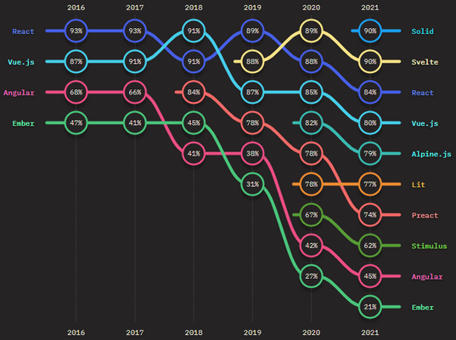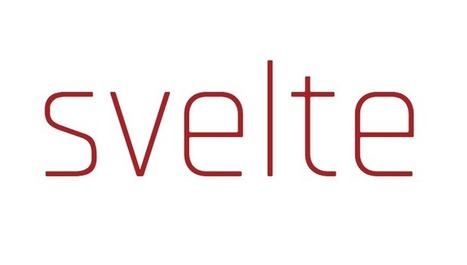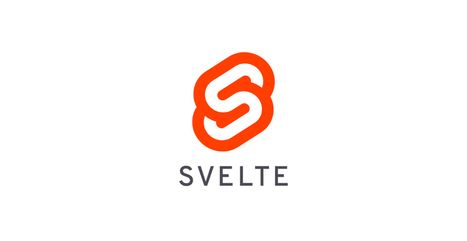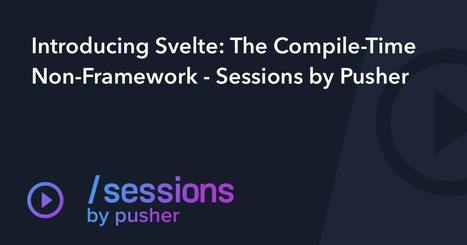Svelte is a new way to build UIs on the web. While this may sound like it's been done many times before, Svelte has a different approach. Instead of pushing the complexity of the UI generation and maintenance in form of browser abstractions, Svelte works completely at compile time.
The key difference to React is that there is absolutely no trace of Svelte sent to the browser. Each time users need to download the whole abstraction library of React for drawing the UI. This may seem like insignificant overhead, but unlike native built-in browser functionality - downloading and initializing causes a delay.
Because the downloaded script contains only raw JavaScript, the Svelte framework can create surprisingly small applications.
 Your new post is loading...
Your new post is loading...
 Your new post is loading...
Your new post is loading...

















Créé en 1995, JavaScript est aujourd'hui le langage le plus populaire selon de nombreux baromètres. C'est également l'écosystème dans lequel on voit le plus de technologies naitre tous les jours. Comme conséquence, il est parfois très difficile de faire des choix ou de voir une technologie s'imposer comme la norme à moins d'avoir de puissants sponsors pour la propulser. Selon les catégories, certaines technologies arrivent toutefois à se distinguer. C'est dans le but d'identifier clairement ces dernières qu'entre en jeu le State of JavaScript, une enquête annuelle internationale sur l'écosystème JavaScript.
Les résultats de l'édition 2021 sont disponibles et nous présentons ici les points saillants.
L'enquête State of JavaScript de 2020 est issu d'une enquête auprès de 23 000 développeurs. 2021 était le résultat d'un peu plus de 16 000. Et bien que les États-Unis soient en tête, leur part de répondants au sondage est tombée à 14 % et la Russie a grimpé à la troisième place derrière l'Allemagne avec 4 %. La France a produit 4,2 % des réponses de l'enquête, ce qui correspond à 668 développeurs JavaScript.